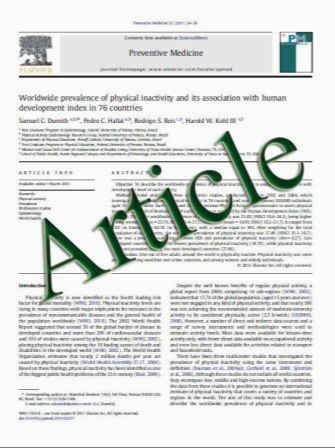Topical Pharmacotherapy for Overactive Bladder
- نوع فایل : کتاب
- زبان : انگلیسی
- مؤلف : Doreen E. Chung
- چاپ و سال / کشور: 2010
Description
The mainstays of treatment for overactive bladder are antimuscarinic medications. Oral formulations are limited by low patient adherence secondary to anticholinergic side effects (eg, dry mouth). The transdermal oxybutynin formulations oxybutynin transdermal patch (OXY-TD) and oxybutynin transdermal gel (OXY-TGEL) were developed to decrease levels of N-desethyloxybutynin and potentially limit anticholinergic adverse events. Both are efficacious in decreasing urge incontinence compared with placebo. The pharmacokinetics of OXY-TD and OXY-TGEL are similar. Compared with oral oxybutynin, OXY-TD evokes a lower proportion of N-desethyloxybutynin, likely translating to decreased dry mouth. Another advantage of OXY-TD is ease of administration (twice weekly). Unfortunately, application site reactions limit patient adherence. In 12-week studies, OXY-TGEL is effective in decreasing urinary incontinence and urinary frequency. Incidence of application site reactions appear lower than for OXY-TD. Future studies are required to evaluate the impact of OXY-TGEL on quality of life, and long-termstudies are needed to confirmits safety and efficacy
Curr Bladder Dysfunct Rep (2011) 6:20–24 DOI 10.1007/s11884-010-0078-z Published online: 21 December 2010


